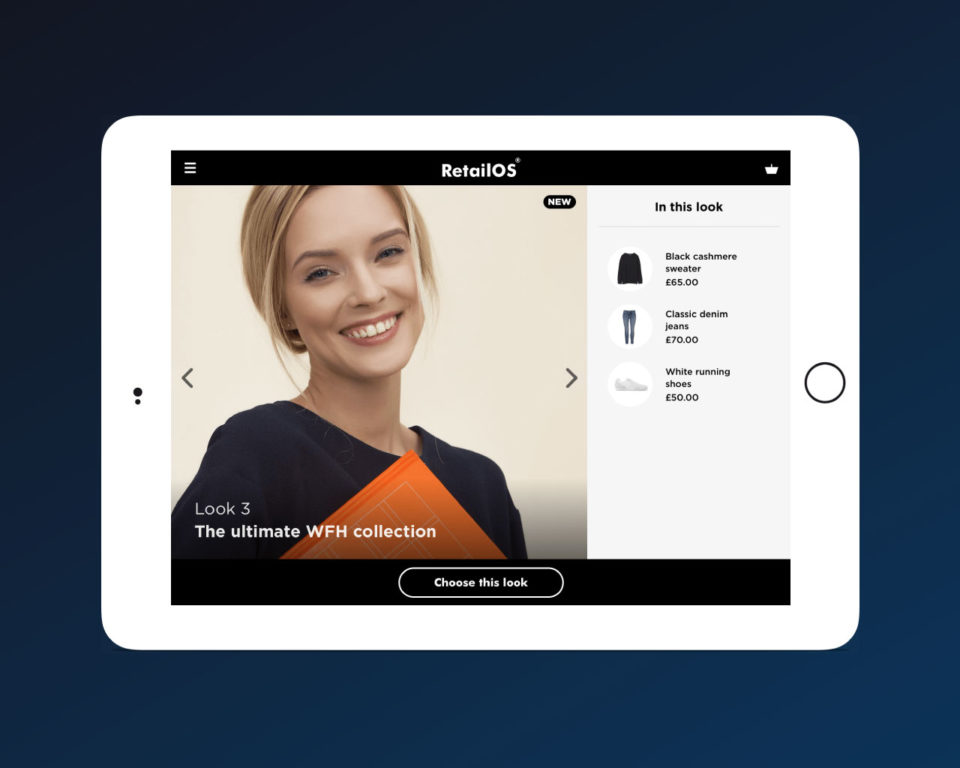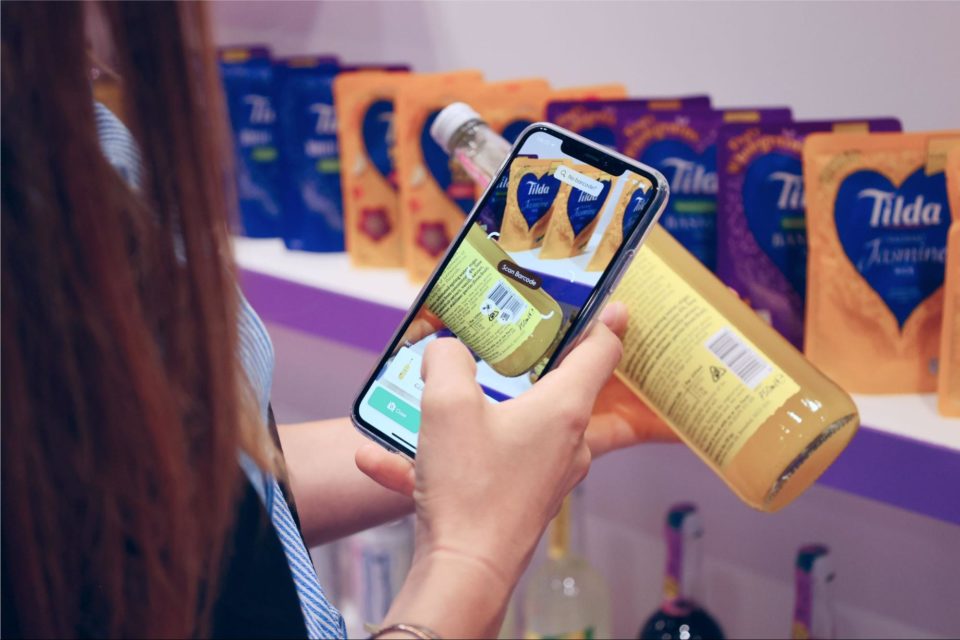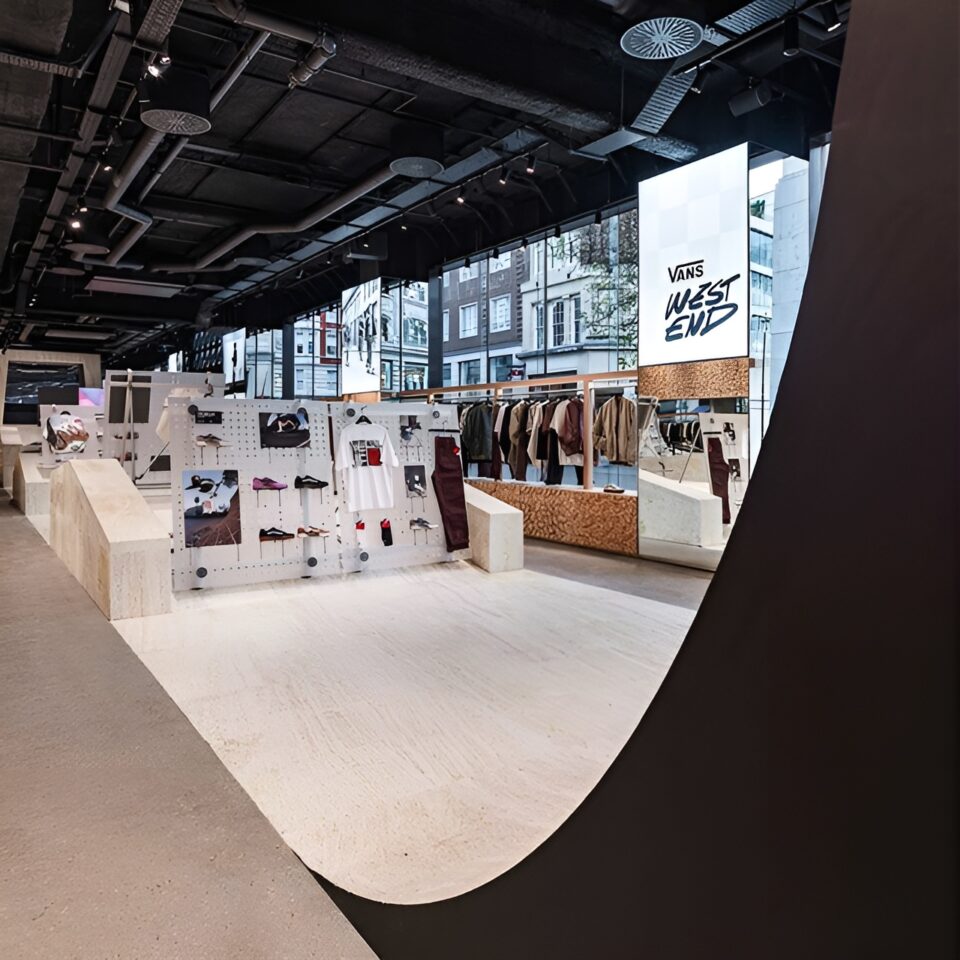Why Contactless Technology is the Key to a Rich Digital Presence
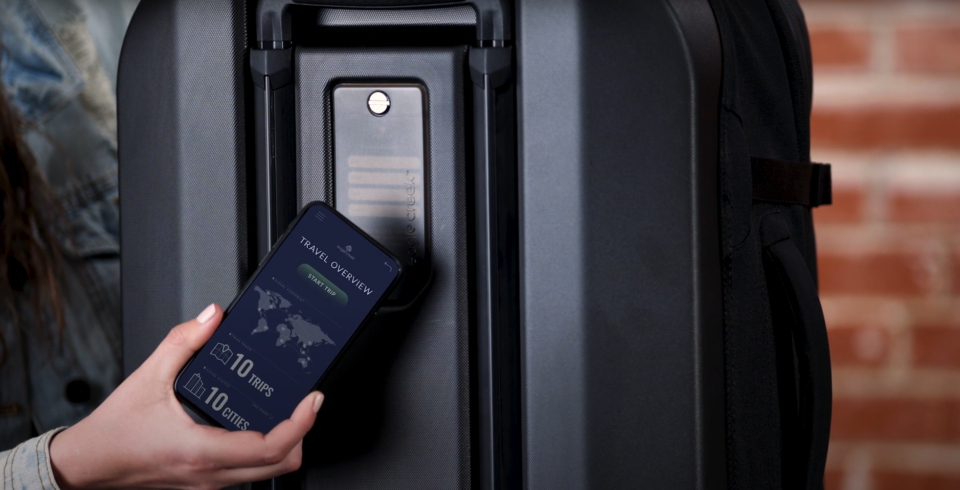
Consumers appreciate the functionality and ease of contactless technology more than ever.
A few years ago, people weren’t used to tapping objects; now contactless is key pathway to building customer loyalty. The pandemic also changed behaviours and triggered a huge uptick in contactless usage, with people adopting services like Apple Pay and Google Pay.
From warranty registration to gamification and more complex applications, WaveOn is poised to benefit from the explosion in awareness and usage, by using contactless wireless technology to help brands differentiate their products and retail experiences.
We spoke to Edd Uzzell, CMO at WaveOn, about how the company’s contactless technology acts as a service that has the potential to transform brands’ physical products into new marketing, sales, and service channels.
Edd Uzzell, CMO, WaveOn
What does WaveOn do?
WaveOn works with sports and active lifestyle brands to embed contactless modules into products to deliver custom mobile experiences. Consumers can tap any enabled product with their smartphone and access a richer personalized experience with zero friction. No apps, no search engines.
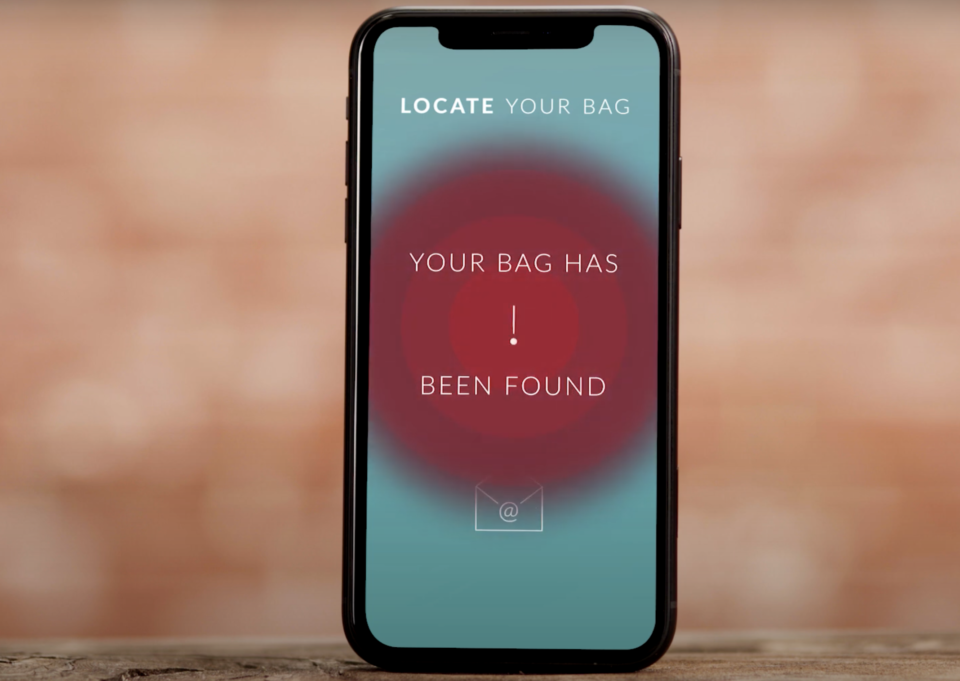
How do you work with brands?
WaveOn are a part of that digital transformation journey that all successful organizations are going through. Our technology helps brands engage and delight consumers throughout the entire product lifecycle by telling stories that bridge the real world and the digital world. We can turn every product your brand sells into an attributable digital point of sale.
WaveOn works with marketers to discover their challenges and opportunities. Via a discovery process we build a structured implementation roadmap that scales and grows with the brand as functionality and features are developed. We’ve deep experience integrating the technology into all kinds of products and materials.

What are the benefits to brands of using WaveOn?
We help brands build communities around their products and use those products to help influence other people to also buy these products. This allows us to think about the entire product lifecycle, from pre-purchase through to long term ownership and advocacy, focussing on creating product stickiness or reasons for people to continue engaging long into the future.
Retaining customers is more cost effective than acquiring new ones. If you’ve conditioned and built that relationship since purchase, when it comes to the customer upgrading or replacing after a few years, a retention process as part of an ongoing relationship is likely far cheaper than starting over and re-acquiring them.
The application for different brands really depends on their goals. Take the warranty registration process for example. With some products, data suggests only around 20% of people register their warranties. Why? Because there is friction from the outset: many products ship with a photocopied warranty card that looks terrible, if you can even find it. Then you have to fill it out, find a stamp, mail it and for what? You rarely get any confirmation details back from the brand.
We make that process much easier. Just by tapping the product with your phone, the software knows exactly what product you have, and your contact details can be submitted within seconds. By removing friction from the process, brands can significantly boost product registrations and acquire valuable customer data directly.
This pathway to supercharging a process for something as seemingly as mundane as warranty registration is just the first step. WaveOn technology will help brands thrive in a cookieless world and leverage zero-party data to personalize marketing, build communities, and drive growth.

How does your system provide customer insights?
It’s vital that brands move to own their own data and audiences, nurturing that direct one-to-one relationship with the consumer. We see this manifested in some brands’ reluctance to sell through some retailers like Amazon and the lack of end user data they’ll get through many 3rd party retailers.
We’re on the verge of a privacy revolution, with the demise of the cookie, people being less willing to give up data free of charge and brands being less willing to buy their audiences back from Facebook and Google.
With WaveOn, brands can gather valuable insights directly by measuring consumer engagement to optimize content and deliver brand messaging and upsell opportunities regardless of the channel through which the product was purchased.
We’re working with a well know shoe brand on a product prototyping/sampling interface so they can road test products in the field and get almost instant feedback tracked to individual products. We’re able to provide that real time insight because these customers are voluntarily providing that information. Every customer wants to be listened to and every brand wants information. WaveOn makes it easy.
You can see who your biggest advocates are and bring them closer to the brand. Do you give them a one-on-one with your leaders? Do you have them offer feedback on the products? Invite them to launch events or even offer them exclusive products? The opportunities are endless.
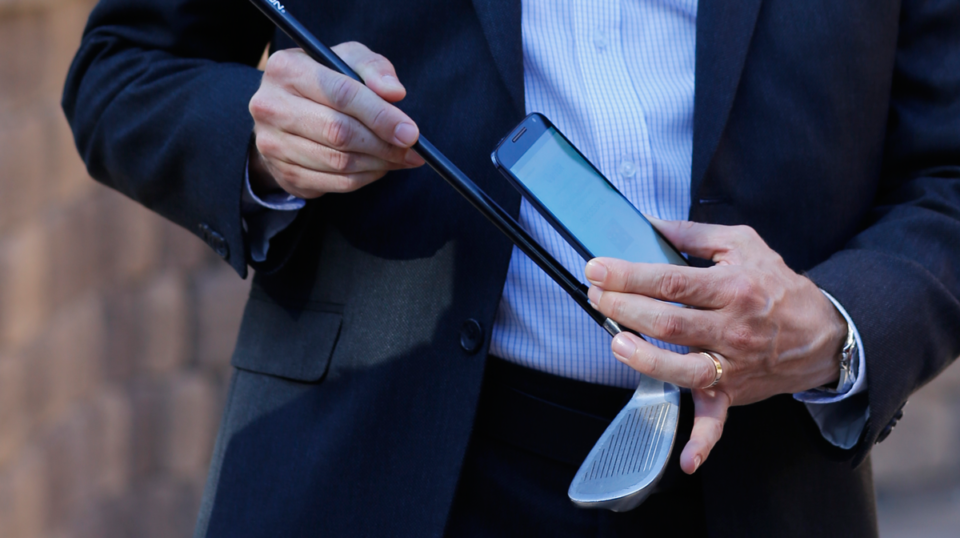
What are the most innovative applications of your software so far?
We have a lot of applications we’re piloting with clients, but the key new characteristics that brands can tap into are context and location. You know if the person tapping the product is an owner or just browsing and where they are engaging with the product.
This translates into our “Lost and Found” feature, for example, deployed by many of our luggage partners such as Eagle Creek and Deuter. This helps someone who finds your luggage find out who you are and get in touch. You can also see exactly where the luggage was scanned.
Surfboard companies for example, can use the technology to allow surf reports to be delivered directly to the user after tapping, without the user needing to know exactly which beach they are on. If you are at the beach and scanning then you’re probably more in need of tidal information, versus if you are at home, you may want cleaning or maintenance information. Location helps steer contextual experiences.
Snowboard and surfboard companies face specific challenges at retail. If you’re buying a bike, you can go out and test the bike, but selling a board is a bit trickier. You can’t just take it out to try. Board companies are very keen to try something different and tell their brand story at a retail level where they currently have limited ability to control how products were being ranged and demo’d in store. By tapping the product even before purchase, a potential customer could chat directly with a brand representative and have any questions answered that the in-store team were unable to answer.
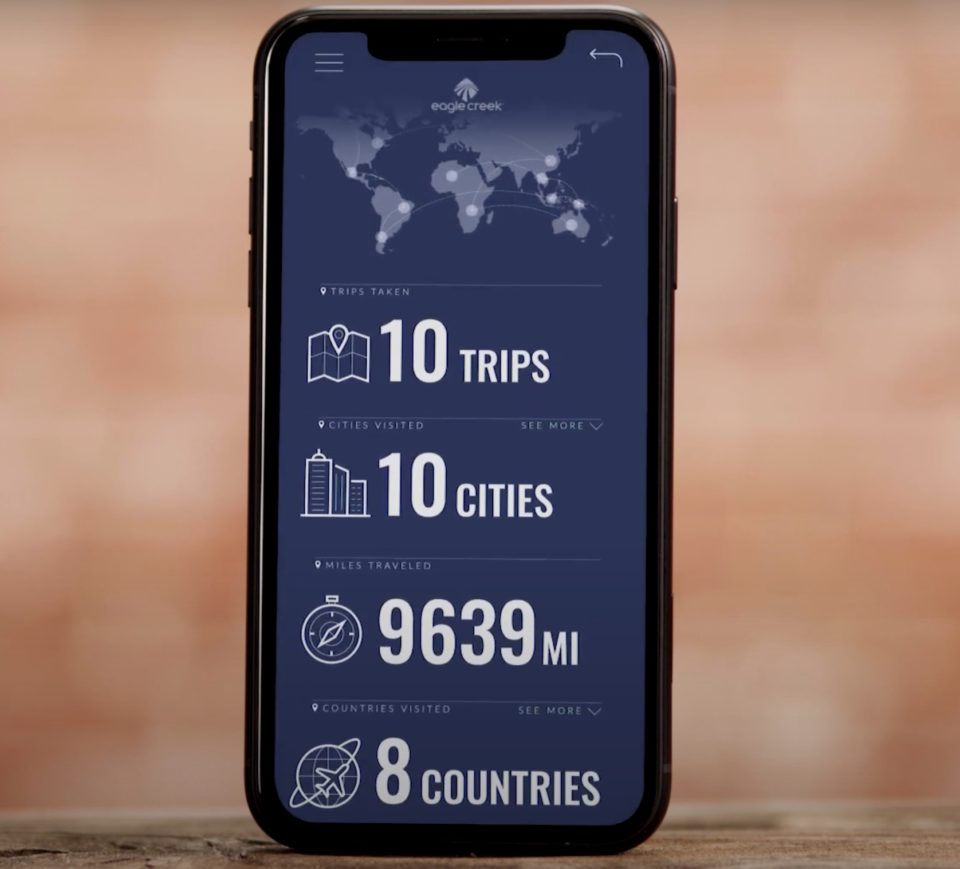
What are the potential applications for gamification?
Gamification is one of the most interesting and powerful areas that brands are only now starting to explore. It can really build powerful habits and change behaviours, encouraging people’s intrinsic need for competition and self-improvement.
We have a feature that we’ve implemented with Eagle Creek called “TripSync”. It allows you to tap your bag at the beginning and end of a trip and see how many miles you’ve travelled. You can then start building up a fun interactive travel log, compete against your friends, or see where you are on a global leader board.
It’s easy to see how you can gamify that feature; who’s taken the most Instagrammable photo or who’s travelled the most miles this month. Brands can reward people for engagement rather than spending and really building that 1-1 relationship.
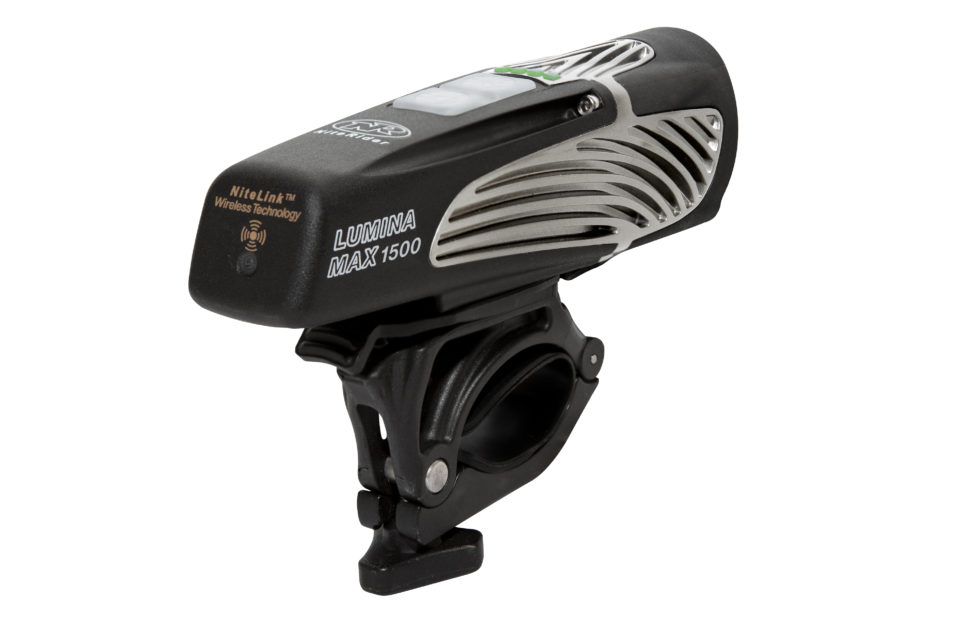
How does NFC differ from say QR codes which are having a bit of a resurgence?
I think there are 5 main differences:
- Each NFC module is uniquely coded. There is only one module with that code. Compared to QR codes, where you’re stamping the same QR code onto thousands of identical products. With NFC, you very clearly know who the customer is and their characteristics.
- QR codes can be useful on some low-cost, high-volume products, as a simple way of pushing all users to the same website.
- QR codes also tend to be printed onto packaging which is disposed of soon after purchase. We integrate the NFC module into the product itself, so it can’t be easily removed in a non-destructive manner. So, if the product is stolen, it’s far harder to conceal the real owner’s details.
- To read a QR code, you also must unlock your phone, open your camera app or QR reader app, focus on the QR code and tap to visit the page. With NFC, you just wave the back of your phone over the tag location, the handset unlocks and asks you if you want to visit the branded experience. Minimal friction for consumers. NFC modules offer greater insight for brands and are easier for consumers to access.
- Because NFC modules are unique, this allows a record of usage or servicing to accompany the product to support brands sustainability or product circularity efforts.

What has WaveOn learnt since it started?
WaveOn was founded with the idea that brands wanted to improve the security of their products and prevent counterfeiting.
We quickly found out that while counterfeit prevention is important to some brands, they are more motivated to use the technology to build deeper relationships with consumers.
So we’ve really pivoted towards working with brands’ marketing teams and the forward-thinking marketers in the sports and active lifestyle space who’ve navigated the choppy waters of the last few years, seen new challenges and opportunities arise, and want to try something else to make their offering distinct.
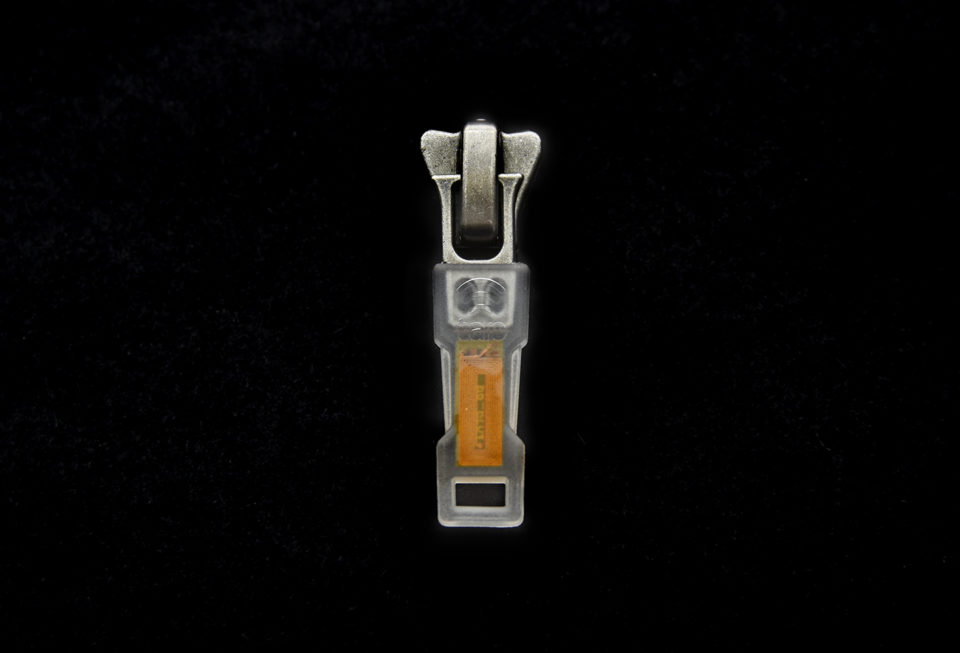
What other applications do you see for your solution further out?
We think of WaveOn as helping brands shape a deeper customer engagement roadmap.
However, when you start thinking much further out towards the metaverse and web3, then things get super interesting. Decentralization means that brands could even build their own social networks with their products becoming the gateways for membership to these exclusive communities.
Another exciting area is around digital self-identity. Our real-world possessions signify a sense of personal style and identity, so why not make them part of your online visual identity?
WaveOn can act as a bridge between the real world and virtual worlds, allowing real world purchases to be used as part of consumers’ digital avatars. In the same way that the blockchain verifies NFT’s today, it can be used to verify exclusive digital products and we already have a couple of customers looking at this kind of implementation.
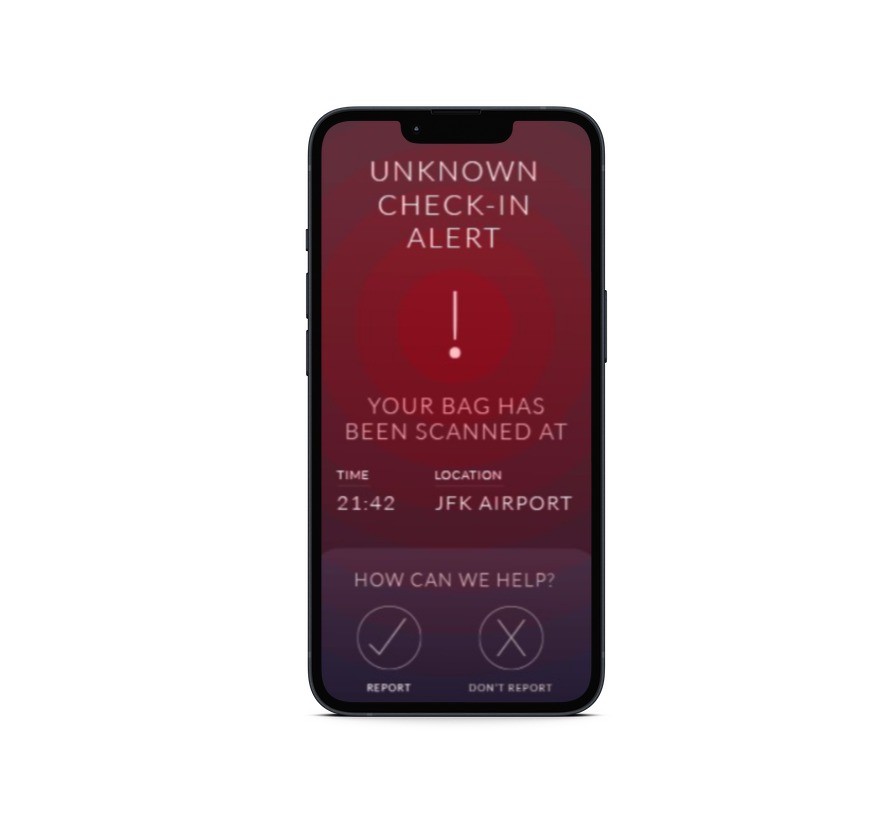
What’s next for WaveOn over the next 12 months?
We’ve received a lot of feedback from our partners that because of external events, changing market dynamics and shifts in customer expectations and behaviours, this is the right time for a solution like WaveOn. These evident trends have really been the accelerant and trigger for many exploratory conversations to take place. As a result, we’ve seen a significant uptick in large brands dedicating significant resource to contactless projects and wanting to stand out from their competitors by offering unique experiences.
We love brainstorming with partners and have had several instances where we’ve discovered potential secondary applications for the technology around areas like supply chain optimization and stock tracking which even by themselves will deliver significant cost savings or a positive ROI.
WaveOn offers strategic solutions that address real world challenges for brands and gives customers the control and convenience they want.
Find out more at waveon.com or get in touch at info@wavon.com

